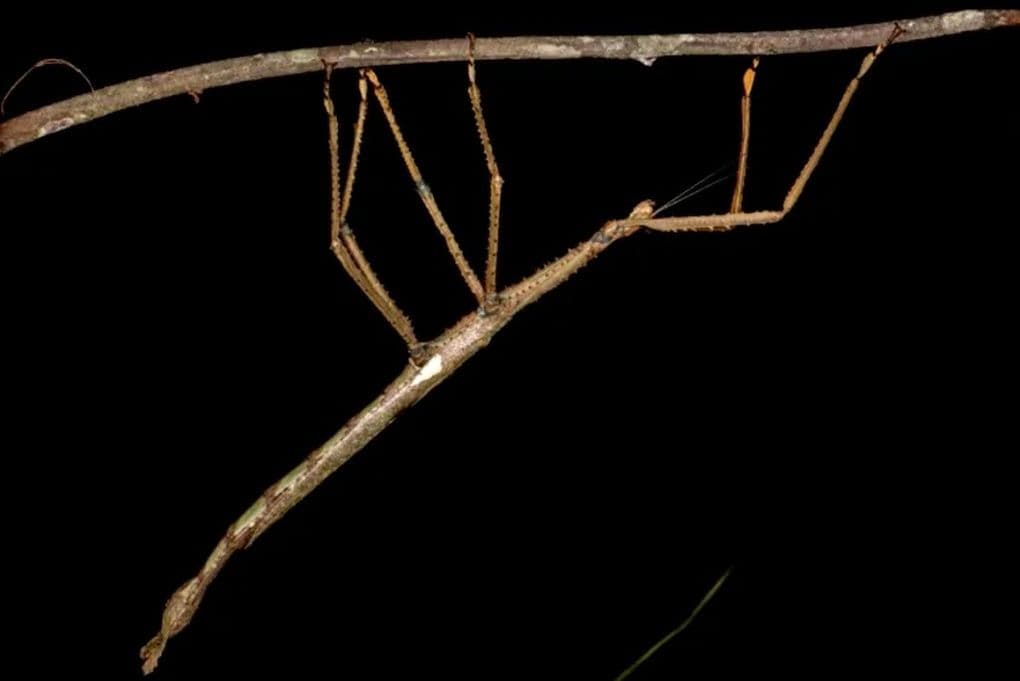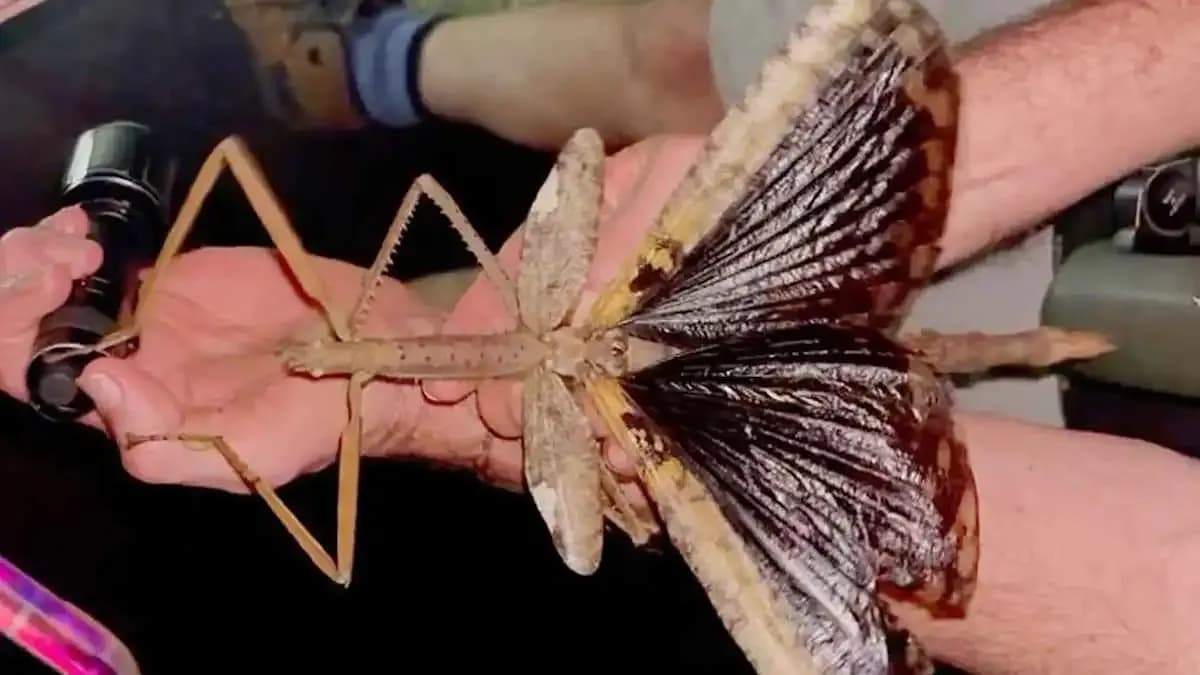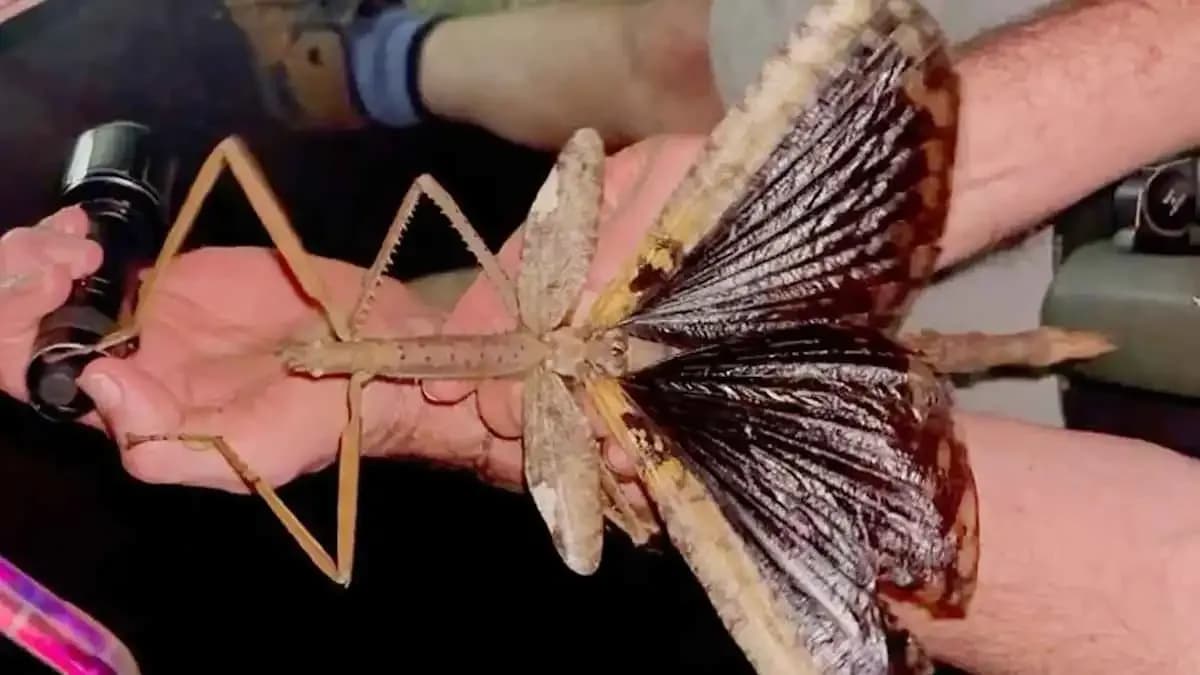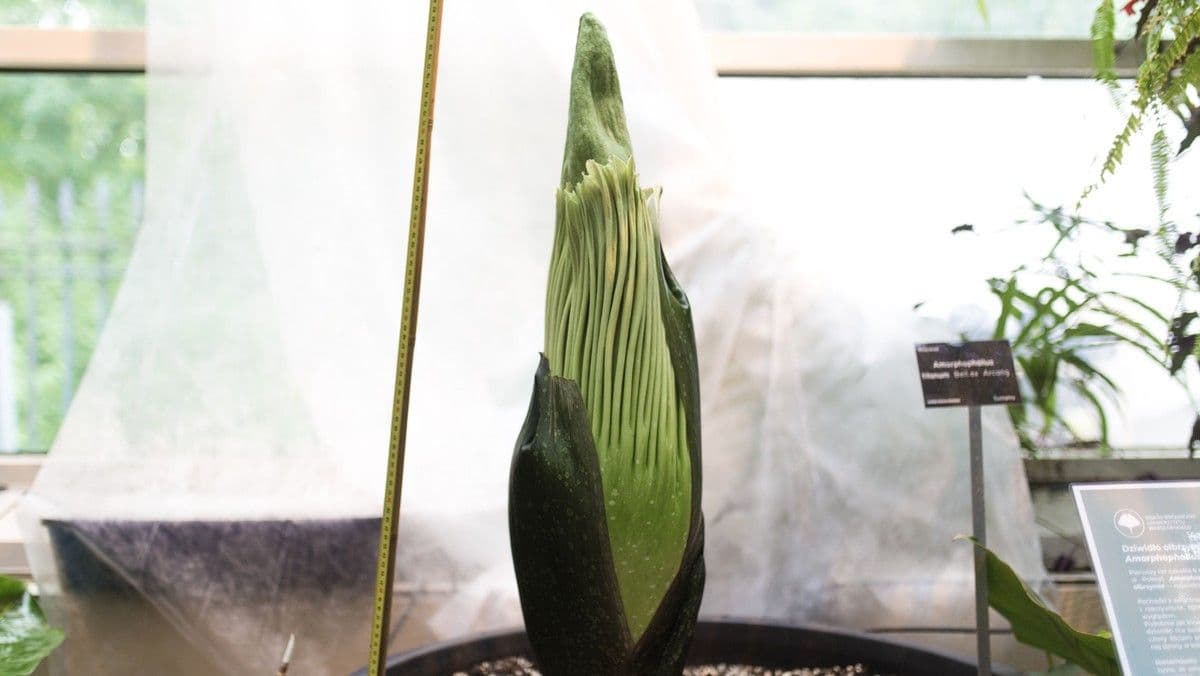The Whisper of the Wild: Unearthing Australia's Elusive Giant Insects
Explore the thrilling discovery of Australia's colossal insects, revealing hidden biodiversity and the ongoing quest to understand Earth's wildest, most elusive creatures.

Whispers from the Canopy: The Unveiling of Hidden Goliaths
A groundbreaking discovery recently echoed from the in North Queensland, Australia, revealing a new species of giant stick insect, Acrophylla alta. This remarkable creature, an imposing marvel of the insect world, was formally announced by scientists from . The journey to its unveiling began when Professor and researcher stumbled upon a photograph of what they could only describe as an "unknown creature," sparking an immediate quest. Their relentless search culminated in a pivotal moment: locating a large female at an elevation of 900 meters, meticulously laying her eggs. Witnessing this unique reproductive behavior, Emmott instinctively knew they had found something entirely new to science. Measuring an impressive 40 centimeters in length and weighing approximately 44 grams – roughly the weight of a golf ball – Acrophylla alta is now considered the heaviest insect scientifically documented in Australia. This initial encounter, documented and later published in the esteemed journal , marks a significant milestone, introducing the world to a creature that had long remained a phantom within Australia's verdant canopy.

Masters of Disguise: Life on the Edge of Discovery
How could such a colossal insect remain hidden for so long, especially in a country renowned for its unique fauna? The answer lies in Acrophylla alta's ingenious adaptations and its remote, high-altitude habitat. Professor explains that the creature's massive size isn't merely a quirk of nature; it's a critical evolutionary response to the cool, humid conditions of its elevated rainforest home. Over millions of years, this gigantism likely became a necessary survival mechanism, allowing it to thrive where smaller insects might struggle. Furthermore, its preferred dwelling high in the tree canopy makes it incredibly difficult to spot, even for seasoned researchers. So far, only two females have been found, one of which was studied in a park before its release. The absence of observed males or nymphs adds another layer to its mystique, suggesting a life cycle and population dynamics yet to be fully understood. This elusive existence underscores the incredible biodiversity still awaiting discovery in Australia's less accessible regions.
The Relentless Pursuit: Scientific Quests in Uncharted Wilds
The discovery of Acrophylla alta is a powerful testament to the unwavering dedication of scientific exploration. It wasn't a chance encounter but the culmination of a deliberate, persistent quest initiated by a tantalizing, blurry image. Professor and embarked on a mission, venturing into remote, high-altitude rainforests, meticulously combing through dense foliage where this giant might reside. The moment of finding the female laying eggs was not just a sighting; it was an act of profound scientific observation, providing the irrefutable evidence needed to confirm a new species. The subsequent detailed study, including measurements and photographic documentation, was crucial before the specimen was released, ensuring its contribution to scientific knowledge while minimizing impact. These findings, rigorously peer-reviewed and published in , now form part of the 's collection, providing invaluable data for future research. This ongoing scientific endeavor, including the continued search for the elusive males, highlights the sheer effort involved in pushing the boundaries of our biological understanding in the world's remaining wild frontiers.
Beyond Awe: Giant Insects as Biodiversity Barometers
The discovery of Acrophylla alta transcends mere biological novelty; it serves as a critical indicator of global biodiversity health. Australia, already celebrated for its extraordinary array of unique creatures, continues to surprise us. As entomologist from the points out, a staggering 70% of Australian insect species remain either undiscovered or poorly studied. This statistic alone paints a vivid picture of the vast, uncharted biological wealth hidden within its ecosystems. Finding a giant like Acrophylla alta, confined specifically to the tropical regions of , dramatically underscores the importance of preserving these unique, often fragile habitats. These large, relatively rare insects act as sensitive barometers for ecosystem health; their continued existence suggests a relatively undisturbed environment. While Acrophylla alta holds the record as Australia's heaviest insect, it's worth noting that the global title belongs to New Zealand's Giant Weta, weighing up to 71 grams. Such giants remind us that even in a seemingly well-explored world, profound biological mysteries persist, urging us to protect the very environments that harbor them.
The Endless Frontier: What Lies Beneath the Green Veil?
The emergence of Acrophylla alta from its hidden world reinforces a profound truth: our planet still holds countless biological secrets. With an estimated 70% of Australia's insect species yet to be formally identified or thoroughly investigated, this discovery is likely just one of many wonders awaiting revelation. The continued absence of observed males of Acrophylla alta adds to the mystery, prompting further scientific inquiry into its life cycle and population structure. This ongoing quest for knowledge emphasizes the urgent need for preserving unexplored ecosystems like the . These biodiverse havens are not merely landscapes; they are living libraries of evolutionary history and potential scientific breakthroughs. Protecting these unique environments is paramount, not just for the known species, but for the vast majority that remain beneath the 'green veil' – creatures whose existence we may not even suspect, but whose loss would diminish the fabric of life on Earth. The endless frontier of discovery beckons, reminding us that true biodiversity conservation begins with safeguarding the wild, where whispers of the unknown still abound.
Related Articles

Beyond the Visible: The Giant Stick Insect's Revelation from Australia's Untamed Canopy

Beyond the Visible: The Giant Stick Insect's Revelation from Australia's Untamed Canopy

Guardians of the Canopy: Unveiling Australia's Rainforest Leviathan

Guardians of the Canopy: Unveiling Australia's Rainforest Leviathan

Breaking the Mold: Australia's New Stick Insect King and the Puzzles of Gigantism

Breaking the Mold: Australia's New Stick Insect King and the Puzzles of Gigantism

Nature's Grand Paradox: Unearthing the Corpse Flower's Alluring Rottenness
